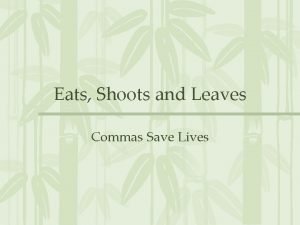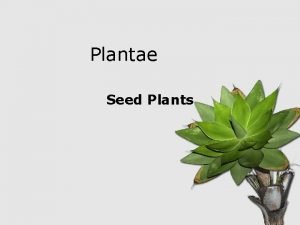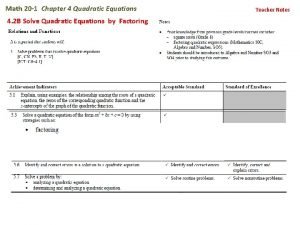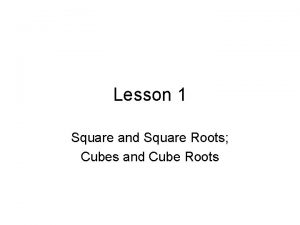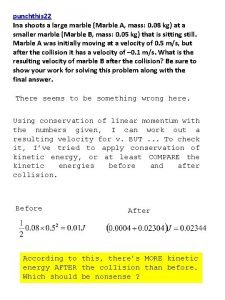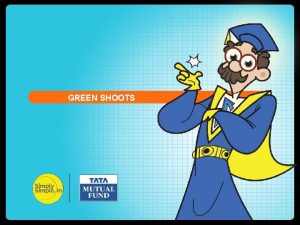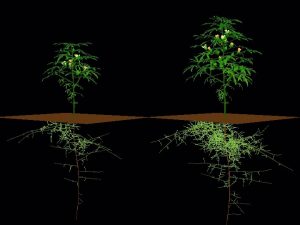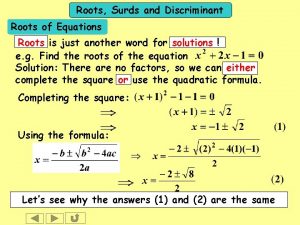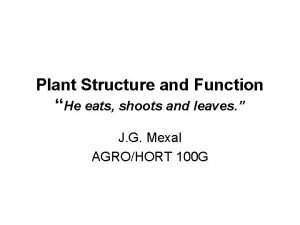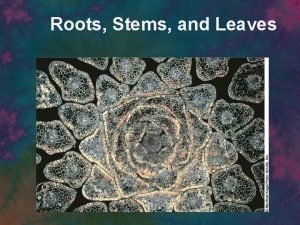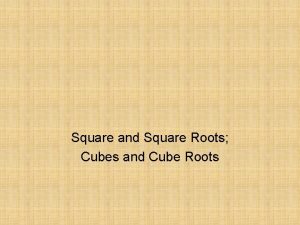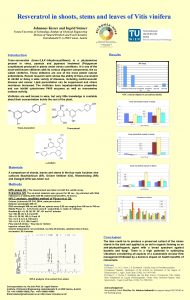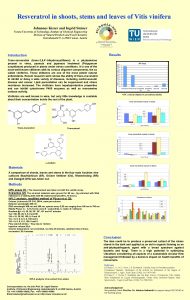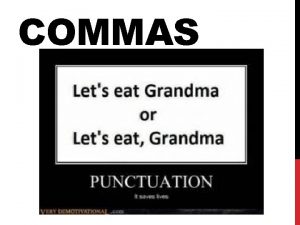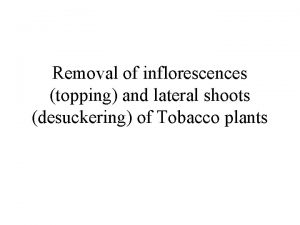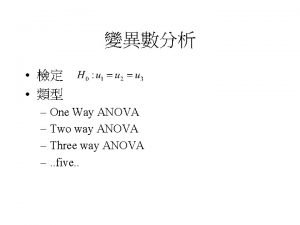Roots and Shoots Which Way is up What






















- Slides: 22

Roots and Shoots: Which Way is up?


What are stimuli that the plant could use: • Light source • Heat (from sun or ground) • Gravity • Possible other explanations

Procedure for Lab • Assign or let students choose one hypothesis to test, making sure that all hypotheses are tested. • When seeds have germinated and results collected, have each group present results and conclusions to the class.

Hypothesis #1: Shoots grow toward light penetrating the soil. • Set up number one: • Plant two identical groups of corn plants. • Cover one group with aluminum foil so no light can enter from above.

Hypothesis #1: Shoots grow toward light penetrating the soil. • Set up number one: • Place the other under a grow light. • Water plants regularly and observe for signs of plant growth.

Hypothesis #1: Shoots grow toward light penetrating the soil. • Prediction: If the light indicates which direction the plants should grow, then the plants grown in the dark will not grow the same direction as those placed under the light.

Hypothesis #1: Shoots grow toward light penetrating the soil. • Set up number two: • Plant two identical groups of corn plants in transparent glass bowl or pan. • Place about 1. 5” of soil in the bowls and plant the seeds 3/4” deep. They should be an equal distance from the top and bottom of the soil.

Hypothesis #1: Shoots grow toward light penetrating the soil. • Set up number two: • Cover one group with aluminum foil so no light can enter from above. • Place it above a light source so that the light hits the soil under the plant.

Hypothesis #1: Shoots grow toward light penetrating the soil. • Set up number two: • Place the other under the same light source. • Water plants regularly and observe for signs of plant growth.

Hypothesis #1: Shoots grow toward light penetrating the soil. • Prediction: If the light indicates which direction the plants should grow, then the plants grown above the light should grow upside down while those under will grow normally.

Hypothesis #2: The plants grow toward the side that senses the warming from the sun. • Set up : • Plant two identical groups of corn plants. • Place both under a grow light. • Put an under tank reptile heater under one group. • Water plants regularly and observe for signs of plant growth.

Hypothesis #2: The plants grow toward the side that senses the warming from the sun. • Set up : • Plant two identical groups of corn plants. • Place both under a grow light. • Put an under tank reptile heater under one group. • Water plants regularly and observe for signs of plant growth.

Hypothesis #2: The plants grow toward the side that senses the warming from the sun. • Prediction: If the heat indicates which direction the plants should grow, then the plants grown above the heat source should grow upside down while those under will grow normally.

Hypothesis #3: The corn plant responds to gravity, sending roots toward the force and shoots up away from the force. • Set up : • Fill two 9 inch pie tins with potting soil. • Plant corn plants in a cross pattern across each tin.

Hypothesis #3: The corn plant responds to gravity, sending roots toward the force and shoots up away from the force. • Set up : • Place one tin on a turntable under a grow light and turn the table to 75 RPM. • Place the other tin at the same level under the light.

Hypothesis #3: The corn plant responds to gravity, sending roots toward the force and shoots up away from the force. • Set up : • Water plants regularly and observe for signs of plant growth.

Hypothesis #3: The corn plant responds to gravity, sending roots toward the force and shoots up away from the force. • Set up : Prediction: If the gravity signals which direction the plants should grow, then the plants grown on the turntable should lean toward the center while those not spinning will grow normally.



Gravity and Auxins • Gravitropism is the mechanism that plants use to determine which way is up. • The mechanism is driven by plant hormones called auxins. • Gravity causes these molecules to settle in the bottoms of cells; making contact with the cell wall. • The auxins cause the cell wall on the bottom side of a shoot to grow or elongate. This growth bends the cell in the upward direction. • The auxins have the opposite effect on the root side. The top of the cell wall grows at a normal rate bending the cell in the downward direction.

Brought to you by: Connect with us: #kansascorn. STEM kscorn. com
 Eats shoots and leaves joke
Eats shoots and leaves joke Angiosperm life cycle
Angiosperm life cycle Existence and uniqueness of square roots and cube roots
Existence and uniqueness of square roots and cube roots Perfect squares 1-10000
Perfect squares 1-10000 Quadratic equation
Quadratic equation Perfect squares list
Perfect squares list Vanessa jason biology roots
Vanessa jason biology roots Economic roots of american imperialism
Economic roots of american imperialism A crane lowers a girder into place
A crane lowers a girder into place Thermal energy formula
Thermal energy formula Ina shoots a large marble
Ina shoots a large marble A spring loaded gun shoots a plastic ball
A spring loaded gun shoots a plastic ball Marginal frequency
Marginal frequency One way threaded binary tree
One way threaded binary tree Perbedaan anova one way and two way
Perbedaan anova one way and two way The old way and the new way
The old way and the new way Perbedaan one way dan two way anova
Perbedaan one way dan two way anova One-way anova hypothesis testing
One-way anova hypothesis testing One way anova vs two way anova
One way anova vs two way anova Two way anova
Two way anova Bottle of rum to fill my tum
Bottle of rum to fill my tum Walk this way talk this way
Walk this way talk this way Dc in medical terms
Dc in medical terms
